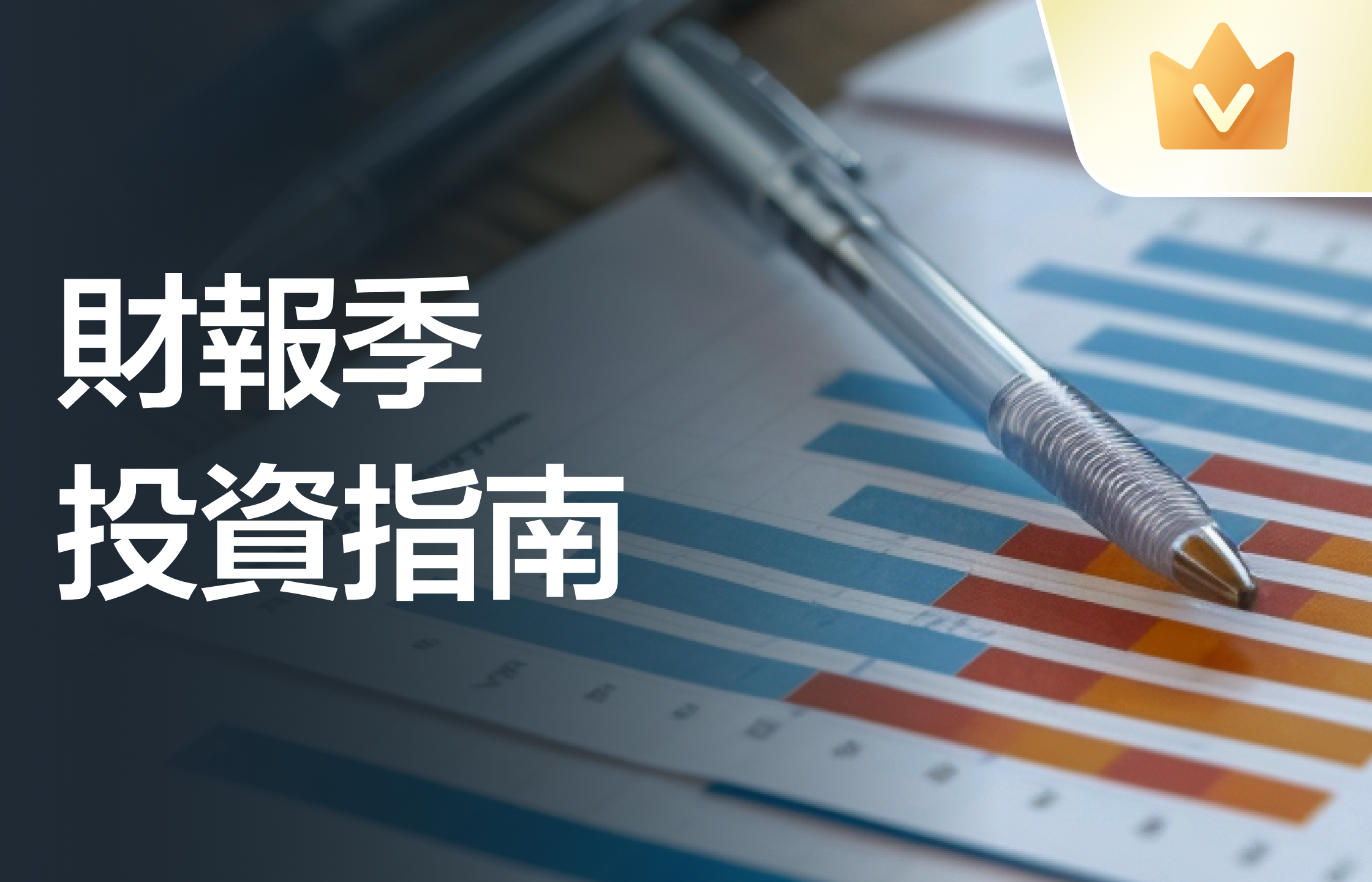LowDk 電子布關注度升溫,主要用於高新能電子產品。
近期投資者對LowDk 電子布相關產業鏈關注度升溫。LowDk 電子布是指低介電常數電子布,通過採用特殊原料和工藝技術,使電子布具有低介/低損耗特性,達到進一步降低板材信號損失,提升信號傳輸速度的效果,多用於對信號傳輸要求快且損失少的領域。由於高頻基板的發展,降低 Dk/Df 成爲基板業者追逐熱點,滿足客戶對高端低介電常數電子布的需求。
介電常數(通常表示爲Dk)是衡量材料儲存電能能力的一個指標,它是電極間充以某種物質時的電容與同樣構造的真空電容器的電容之比。電容量對信號傳輸速度有影響:當Dk 值較大時,表示材料的儲存電能能力較強,這會導致電路中的電信號傳輸速度變慢;當Dk 值較小時,表示材料的儲存電能能力較弱,這會使電路中的電信號傳輸速度變快。在高速電路設計中,通常會選擇Dk 值較低的材料來減少信號延遲,提高電路的響應速度。
 低介電電子紗和電子布介電常數低,介電損耗小,品質一致性好,玻纖低氣泡數,原絲線密度穩定,捻度均勻性好,織造性能良好,毛羽少,耐熱性,耐化學性及耐燃性極佳,是製造高頻高速電子產品的關鍵基礎材料,廣泛用於5G 通信、人工智能(AI)、IC 封裝、智能手機、高速數據中心、航空航天等領域。
低介電電子紗和電子布介電常數低,介電損耗小,品質一致性好,玻纖低氣泡數,原絲線密度穩定,捻度均勻性好,織造性能良好,毛羽少,耐熱性,耐化學性及耐燃性極佳,是製造高頻高速電子產品的關鍵基礎材料,廣泛用於5G 通信、人工智能(AI)、IC 封裝、智能手機、高速數據中心、航空航天等領域。
公司在LowDk 電子布領域佈局已久。
在2022 年年報中,公司披露了「第2 代低介電玻璃纖維關鍵技術攻關」研發項目,項目目的是突破低介電玻璃纖維關鍵製備技術,開發出第2 代低介電玻璃纖維及製品,滿足我國5G/6G 等高頻高速電子信息市場需求;截至22 年年報披露日期,已完成低介電玻璃配方及關鍵製備技術研究,開始第2 代低介電玻璃纖維及電子布試製;項目擬達到的目標是開發出介電常數Dk≤4.3(10GHz)、介電損耗Df≤0.0022(10GHz)的第2 代低介電玻璃纖維紗及電子布;預計該項目將會助力公司優化產品結構,推動公司高端化、差異化發展。
前三季度收入利潤下滑,隔膜行業競爭加劇對盈利能力造成拖累。
2024 年前三季度,公司實現營業總收入/歸母凈利潤/扣非凈利潤分別爲168/6.1/3.2億元,同比-8%/-64%/-78%;其中24Q3 實現營業總收入/歸母凈利潤/扣非凈利潤分別爲63/1.4/0.9 億元,同比+6%/-55%/-64%。2024 年前三季度,公司實現毛利率/凈利率分別爲17.8%/4.5%,同比-6.6pcts/-6.5pcts;其中24Q1-Q3 毛利率分別爲19.4%/17.7%/16.8%,凈利率分別爲6.6%/4.6%/3.0%,單季度盈利能力環比持續下滑。24 年前三季度,玻纖價格總體呈現觸底回升態勢,玻纖企業盈利普遍出現改善;風電新增裝機同比增長,但風機價格短期仍維持低位,風電行業內企業的盈利能力有所下降;隔膜業務方面,行業競爭進一步加劇,價格戰進入白熱化,盈利水平面臨嚴峻挑戰。
投資建議:中材科技在LowDk 電子布領域的前瞻佈局有助於強化公司在高端產品領域的競爭優勢,在國內市場競爭激烈背景下找到新的收入利潤增長點。考慮到24 年前三季度公司利潤出現較大幅度下滑,且風電及隔膜業務盈利能力尚未出現明顯改善,我們下調公司2024-2026 年的歸母凈利潤預測分別至9.55 億元(下調61%)、12.46 億元(下調57%)、15.01 億元(下調55%)。現價對應公司2024 年動態市盈率24x,維持「買入」評級。
風險提示:上游原材料價格大幅上漲風險、下游需求低於預期的風險、行業競爭格局惡化導致產品大幅降價風險。

 低介电电子纱和电子布介电常数低,介电损耗小,品质一致性好,玻纤低气泡数,原丝线密度稳定,捻度均匀性好,织造性能良好,毛羽少,耐热性,耐化学性及耐燃性极佳,是制造高频高速电子产品的关键基础材料,广泛用于5G 通信、人工智能(AI)、IC 封装、智能手机、高速数据中心、航空航天等领域。
低介电电子纱和电子布介电常数低,介电损耗小,品质一致性好,玻纤低气泡数,原丝线密度稳定,捻度均匀性好,织造性能良好,毛羽少,耐热性,耐化学性及耐燃性极佳,是制造高频高速电子产品的关键基础材料,广泛用于5G 通信、人工智能(AI)、IC 封装、智能手机、高速数据中心、航空航天等领域。